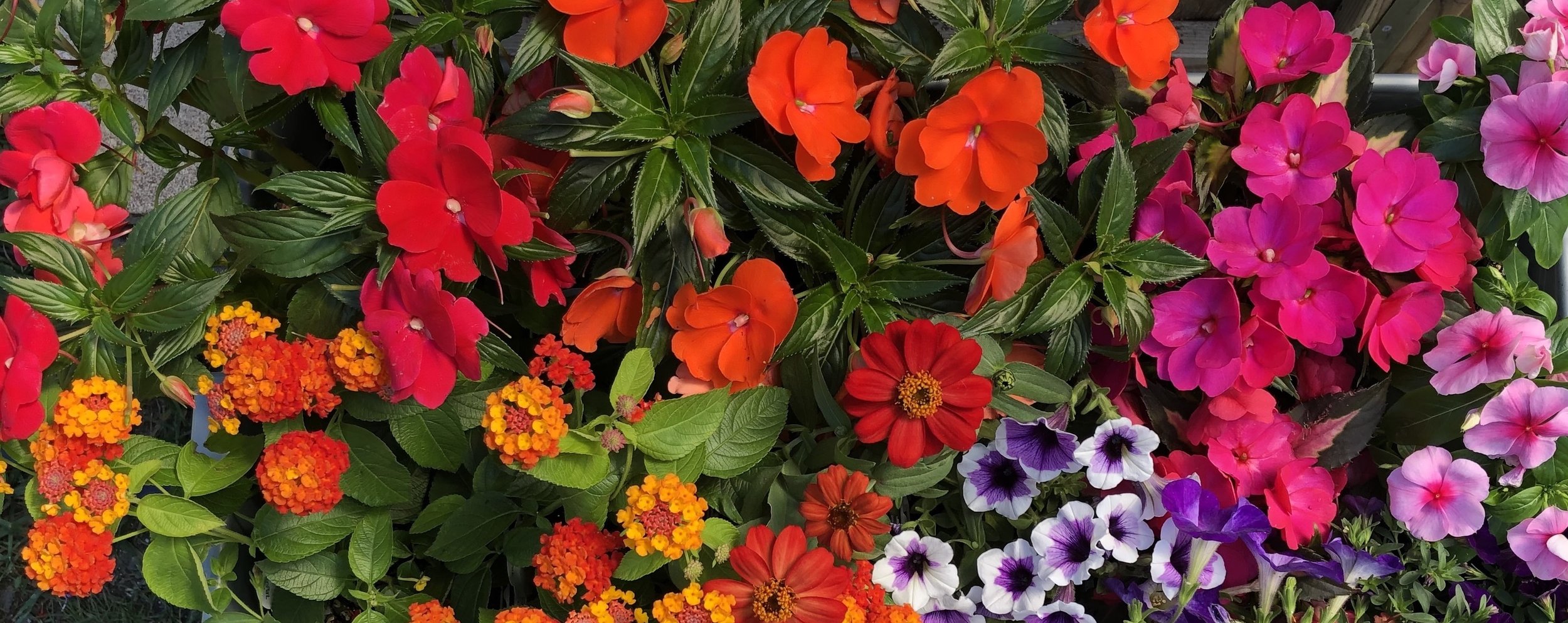A variety of citrus, the Meyer lemon (Citrus x meyeri) has a thin skin and is sweeter than other lemons since it is a cross between a lemon and an orange. The fruit can be used for marmalades, lemonade, and baked goods. This is a good plant for a container, since it can be pruned, growing between 6 to 10 feet tall in the ground.
Read MoreMaximize a small planting space with a DIY movable tiered planter! We’ll show you how!
Read MoreThe first step in designing a planter is measuring. Why? Knowing the surface area of your pot will help you determine how many plants that pot should hold. Read on for step-by-step instruction, a quick video, and a link to a plant-per-pot chart!
Read MoreHerbs need at least 6 hours of sun to do well. Herbs will take all the sun you can give them – as long as they get enough water! Be sure to check daily by pushing a finger into the soil. If the top ½ inch is dry (up to your first knuckle) it’s time to water! When the temperature gets above 90°F you may need to water again in the afternoon. The “woody” herbs – rosemary, lavender, sage and thyme – actually prefer to be a little drier. If you have our Fragrance Herb sPOT, you can miss a day of watering – but don’t wait until leaves begin to brown!
Read MoreHerbs are great for new gardeners because they are such vigorous growers. But that’s also why you need to keep cutting and using them! Read more to learn about tips for drying and storing fresh herbs.
Read MorePerennial plants return every year while annuals need to be replanted but which should you use in containers and which should you use in the landscape?
Read MoreWhile keeping plants outside over the winter seems appealing, most containers will not last if they are unprotected outside. Ceramic and cement pots are especially prone to cracking if the soil inside is very wet when it freezes. We recommend emptying your containers and placing them in a location out of the sun and rain such as in a garage or shed.
Read MoreWith sub-freezing temperatures in the forecast, time is up for most outdoor annuals. Some cold-loving plants (such as pansies, kale and cabbage) and perennials like ivy and Creeping Jenny can survive over the winter – but there’s a catch: You can’t let the pot freeze into a block of ice
Read More








